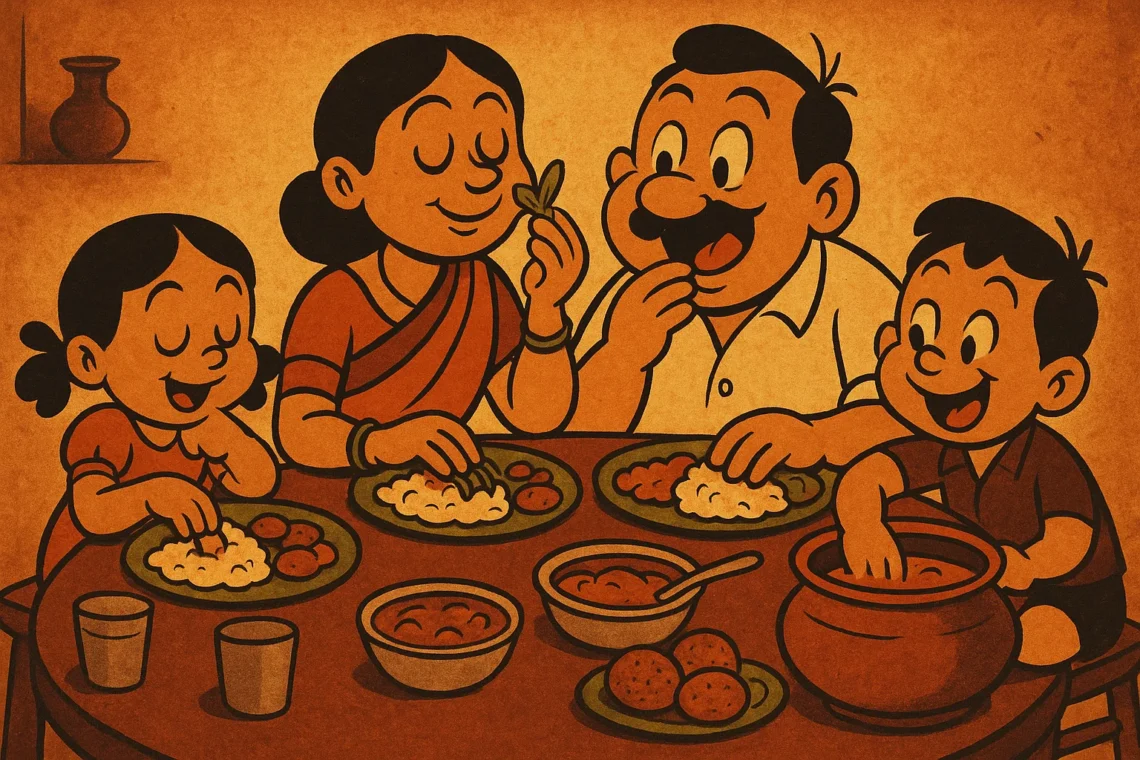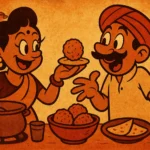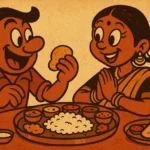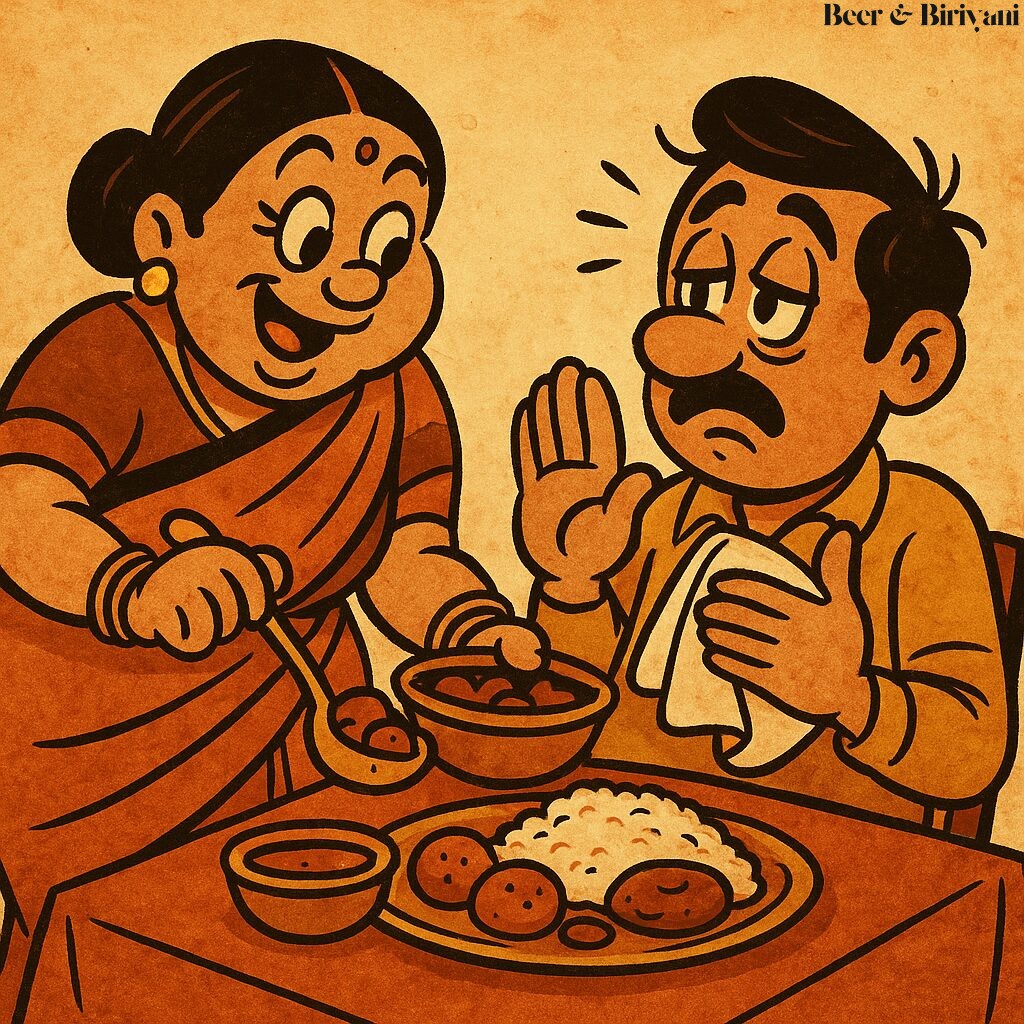In our house, forks were optional. Spoons were for payasam. Knives were for birthdays. But your hands? Non-negotiable. You ate with your hands — not because it was a rustic quirk or a cultural flourish, but because it was how you connected. To the food, to the moment, and to everyone who came before you. Eating with your hands wasn’t just allowed. It was the rule.
The rule was enforced gently, with smiles and stories. “How will you know if the rice is too hot unless you touch it?” my grandmother would say, expertly swirling sambhar into a mound of rice with three fingers and a thumb. “The fingers help mix the taste,” my father would add, never breaking his rhythm as he formed a perfect rice ball and scooped it up with a curl of his hand. If you reached for a spoon during lunch, someone would arch an eyebrow and say, “What happened? Fever?”
The First Taste Begins Before the Bite
What I didn’t understand then — but feel deeply now — is that eating with your hands engages you before the food reaches your mouth. You feel the warmth of the dal, the graininess of the rice, the crispness of the papad as it shatters between your fingers. You mix the pickle in yourself. You learn proportions through touch — how much curry to add, how soft to mash the potato, how gently to fold the roti before scooping up the sabzi.
And the food responds. It clings, it resists, it melts. You become part of the meal’s transformation. It’s not a performance. It’s a private, tactile prayer. A communion between hand and hunger that no utensil can replicate.
The Family Table Had No Cutlery Drawer
At our family table, stainless steel thalis were passed around with bowls of steaming rasam, heaps of sabzi, piles of roti, and a single instruction: “Use your hand, beta.” We didn’t have placemats — we had banana leaves during festivals. We didn’t set the table — we sat cross-legged on the floor during pujas. And we didn’t ask for forks — unless a guest was visiting and clearly nervous.
My cousins and I learned to eat with our hands before we learned to tie our shoelaces. There was a rhythm to it: fingers as spoons, palm as plate, thumb as lever. It was messy sometimes, yes. Dal would dribble, chutney would stain your fingertips bright green. But no one cared. You licked your fingers clean, wiped your hands on the cloth napkin (or your pants), and went for seconds.
The Gentle Discipline of a Full Hand
Eating with your hands isn’t about chaos. It’s about control. You don’t overeat when you’re using your hand. You’re slower. More deliberate. You listen to the food. You respect it. In some ways, it’s the original mindful eating — no need for apps or meditation tracks, just the warmth of rice pressed between fingers and the satisfaction of getting every last bit of gravy off the plate without waste.
And it wasn’t just at home. At weddings, temple kitchens, roadside dhabas — even in relatives’ homes — the rule held. If you were caught fumbling with a spoon over curd rice, someone would gently guide your fingers in. Not to shame you. To welcome you back.
Now I Eat Differently, But Remember
Living abroad, I’ve adapted. I use a spoon at work. I eat noodles with chopsticks. I serve dal in ceramic bowls. But when I’m really craving comfort — the kind that only curd rice or khichdi can give — I set everything aside and eat with my hands. Slowly. Quietly. Feeling each bite, each grain, each memory.
Because when you eat with your hands, you carry your family with you. Their recipes. Their voices. Their casual insistence that food is not a transaction — it’s a relationship. And your fingers are the bridge.
A Rule That Felt Like Home
So yes, in our house, eating with your hands was a rule. But it never felt restrictive. It felt like home. Like tradition passed without words. Like warmth you could hold. And even now, thousands of miles away, every time I swirl dal into my rice with my fingers, I know: I’m doing it right. Not fancy. Not formal. But full. And that’s what matters.
Born in Mumbai, now stir-frying feelings in Texas. Writes about food, memory, and the messy magic in between — mostly to stay hungry, sometimes just to stay sane.












